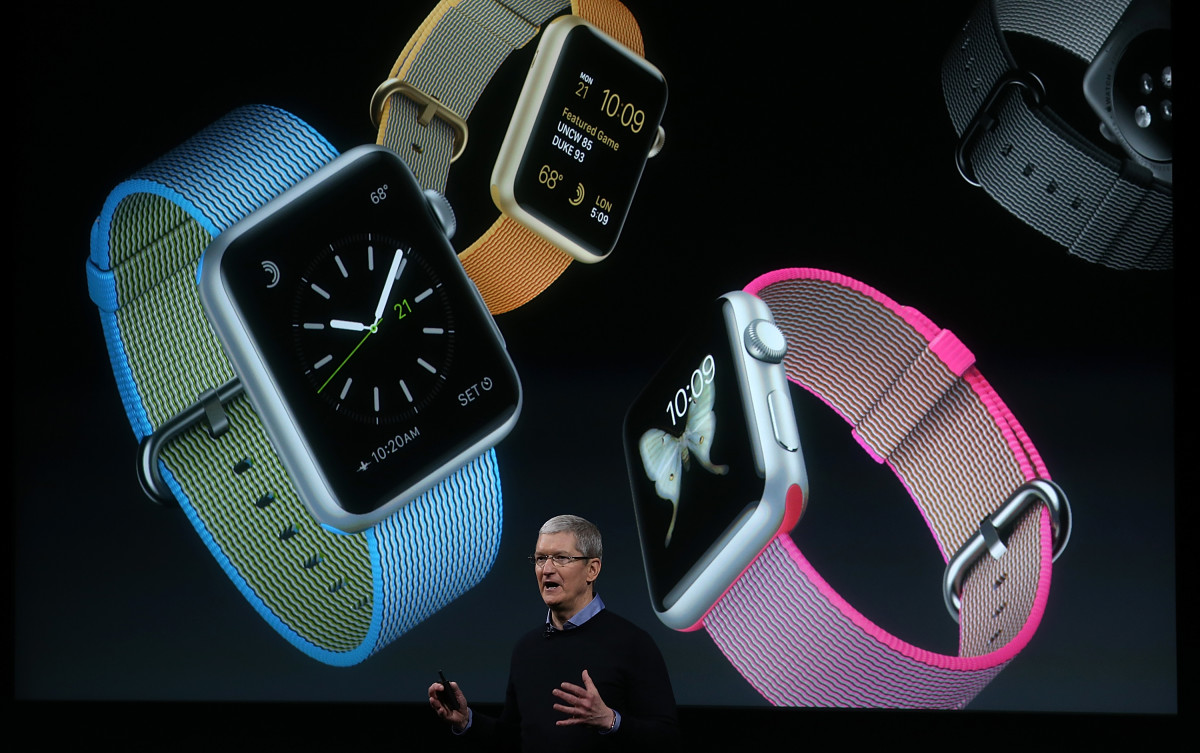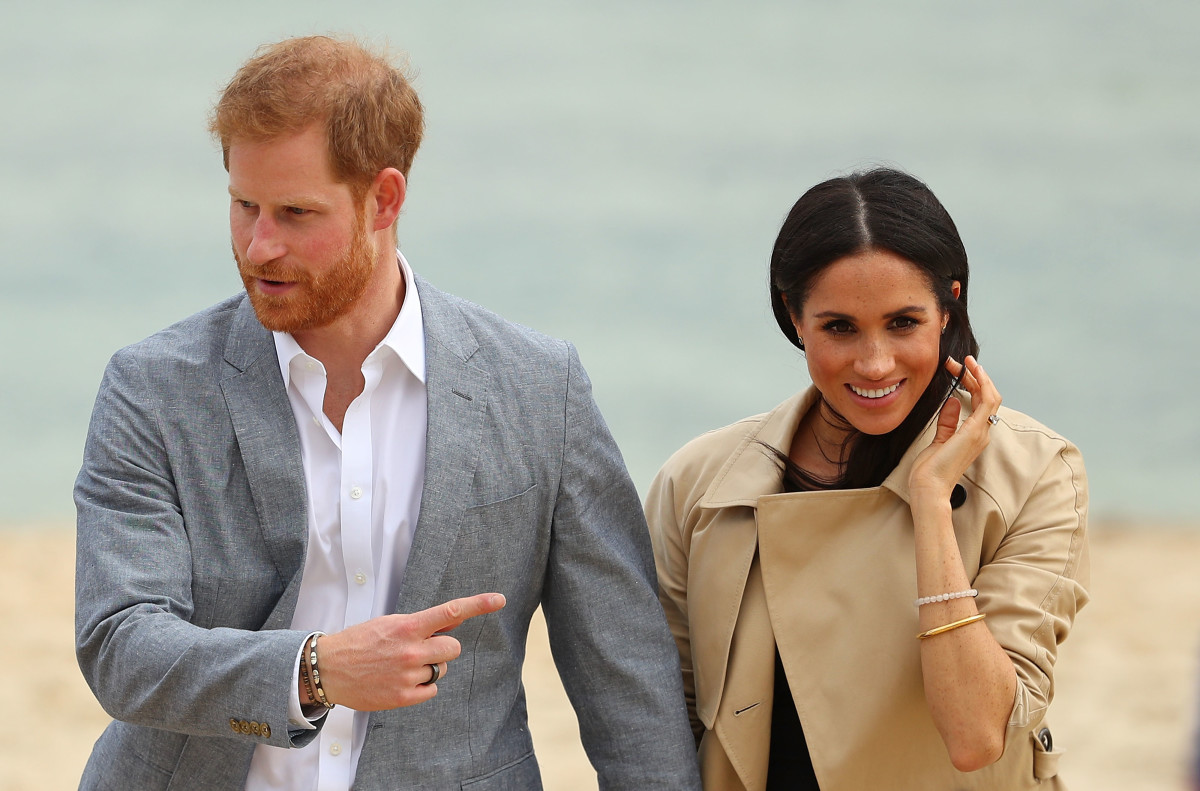
Whether or not getting more fit was on your to do list for 2024, if you look after yourself, you have probably considered a fitness tracking device to monitor your activity.
The fitness tracking industry estimates approximately $74.6 billion in revenue in 2024, and for good reason. As one of the fastest growing corners of the consumer tech industry, one in three Americans wears a fitness tracker today, according to the NIH.
Related: Walmart makes a major price cut that will delight customers
And nowadays, there are a lot of different trackers to choose from.
Depending on your fashion inclinations or fitness goals, there's probably a device out there for everyone, even the pickiest of trainers or physical fitness experts.
Whoop, for one, makes a wearable wrist band that many pro athletes and podcasters tend toward. More durable and hearty than others (you can even wear it in the sauna or cold plunge, if you like) the Whoop band measures things like sleep, heart rate, cardiovascular activity, recovery, strain and output.
Both Fitbit and Garmin make their own versions of a wearable band, some with more technologically advanced screens and interactive features, while others are more streamlined. These tend to be preferred by military personnel and marathoners thanks to their reliable battery life and capabilities even off the grid.
And speaking of wearable screens on the wrist, perhaps the most ubiquitous device is the Apple (AAPL) Watch, beloved thanks to its seamless integration within the iOS ecosystem. Gone are the days when we dreamt of talking into our wrists like a spy movie; with the Apple Watch, users can send and receive emails, iMessages, and even phone calls using their device. Of course, Apple Watch also tracks plenty of fitness metrics, such as heart rate, step count, calories burned in a workout, and sleep.
Fitness ring makes a major expansion move
More fashion-forward wearers may instead prefer a ring, however, which is increasingly making for a crowded new space.
Amazfit recently launched its own Helio Ring, and Samsung (SSNLF) is expected to launch its Galaxy ring sometime in late summer 2024.
But the most popular ring currently is the Oura ring, which is owned a small Finnish company called Oura Health. Beloved by fitness enthusiasts and celebrities, the Oura ring retails for around $400 and is a little more discreet than a watch, even if you spring for its its $850 Gucci collaboration ring.

Oura takes in both fitness and wellness data points, which it says differentiates it from other players in the space. It's also much smaller, which means its battery can last up to a week, rather than just a few hours to a day, like many other trackers.
Oura measures your health, and, using its own learning algorithm, also learns its user's habits. It will track your sleep, monitor for illness and fertility signals, give you your heart rate variability (HRV), activity levels, blood oxygen rate and body temperature. It then regularly tabulates all your metrics together and spits out three scores: sleep, activity and readiness.
The small company has been working overtime to get as much of its product out to mass market as possible, particularly in the U.S. In 2023, it announced it would be available to buy in Best Buy (BBY) , and after marked success, Oura announced it would go live for sale on Amazon (AMZN) in 2024.
Beginning in early March, prospective customers can now purchase an Oura ring and sizing kits on Amazon and enjoy much faster delivery times; previously Oura had been fulfilling most of its online orders, which could take weeks to process.
Now, Amazon's new Oura storefront features the essentials, including:
- Sizing kit: $10
- Gen 3 Heritage ring: $299-$449
- Gen 3 Horizon ring: $349-$549
The rings are available in a variety of colors, including black, brushed titanium, gold, rose gold, silver and stealth (gunmetal). Prices vary based on color. It is already ranked the No. 1 new release product by Amazon in its Cell Phones & Accessories category.
Related: Veteran fund manager picks favorite stocks for 2024







